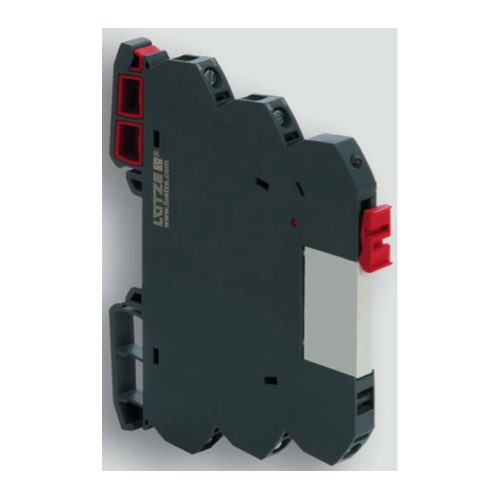Lutze Solid State Relays

Lutze's solid-state relays are state-of-the-art switching devices. They are designed for rapid, reliable operation in industrial automation. Whereas an electromechanical relay (EMR) employs moving parts to function as a switch, a solid-state relay (SSR) has none, which makes it silent (no gushing or clicking noise), make it last longer than any EMR (lifespan well over 10 years), and makes it much less likely to fail under stress (no shock or vibration is too much for an SSR). An SSR is a better choice than an EMR for an application in which frequent, rapid switching is required.
Automated systems can count on energy savings from solid state relays. They are very efficient, generating much less heat and consuming much less power than traditional relays. They also come with integrated safety features, like overvoltage protection and thermal management, which enhance their reliability and safety in industrial applications. These relays are rigorously tested and are trusted to perform in situations demanding consistent relay performance, low maintenance, and a high degree of control precision.
Relays: Electromechanical vs Solid State
Electromechanical Relays
Electromechanical relays (EMR) use physical moving parts to achieve the desired functionality. These moving parts include the contacts that switch between the normally open and normally closed stationary contacts in the relay. This movement is made possible by an electromagnet. When power is applied to this magnet, it will act on the movable contact causing the relay to switch. In an EMR, it is common to hear the switching sound that is represented as a “clicking” noise. This audible noise can be helpful when determining the functionality of the relay.
Solid State Relays
Solid state relays (SSR) use a low power, electrical signal to generate an optical semiconductor signal that will transmit and energize an output signal. When this is activated, the input optical signal will act as the switch, allowing a higher voltage signal to pass through the relays output components. The internal circuitry of a SSR is far more complex than an EMR, but there are no physical moving parts.

